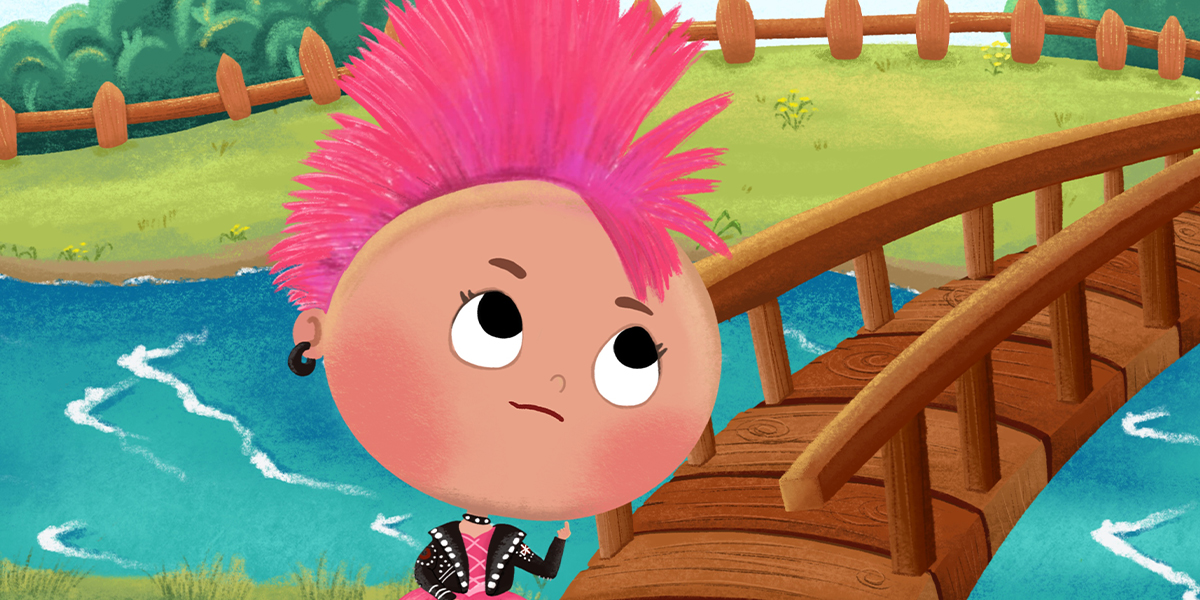A captivating fantasy book cover for children acts as a gateway into the world you’ve created, sparking curiosity and setting the tone before a single page is read. Bright palettes, symbolic motifs, and playful typography can transport young readers into realms of magic and adventure. Cover design must also consider thumbnail visibility and cohesive art that matches your story’s genre and mood.
In this guide, discover how to design a fantasy book cover that captures the essence of your narrative world, engages children’s imaginations, and stands out in a visually noisy market.
Understand Your Fantasy World First
Before you begin designing, it’s essential to understand your fantasy world. Is it a whimsical fairy tale, gritty magical realm, or urban fantasy city? Pinpoint your core world-building elements—magic systems, creatures, mood—to guide your visual choices. Studies of children’s literature highlight that symbolic covers enhance selection and engagement.
By researching successful children’s fantasy books in your niche, you ensure your cover signals the right tone and genre from the shelf or thumbnail. Thoughtful alignment between cover visuals and narrative world-building will delight young readers and clearly communicate your story’s magical promise.
Pick Genre-Friendly Typography
Typography tells your world’s story without words. For classic or mystical settings, decorative serif or Gothic fonts work beautifully; urban or futuristic styles may call for clean sans-serif. Ensure contrast and readability for young eyes. This thoughtful design element creates a tone before a single word is read.
Also Read: Top Fantasy Book Cover Trends in 2025
Choose a Fitting Color Palette
Your cover’s color scheme sets mood in an instant: deep purples evoke mystery, soft greens speak of nature, and bright blues feel magical—all appealing to kids. Use bold contrast so colors pop even in thumbnail previews. Vibrant hues help your fantasy book cover capture attention at first glance.
Select Imagery That Speaks Your Story
Avoid generic character photos. Opt for symbolic visuals—enchanted swords, glowing runes, friendly mythical creatures—that hint at your story without revealing it all. This minimalist symbolism sparks curiosity and aligns closely with world-building, making your cover more intriguing.
Bring Your Children’s Story to Life with Fantasy Book Cover Design
Partner with talented Children Book illustrators who specialize in creating lovable children Book Cover characters design and enchanting scenes for picture books and early readers.
Create a Balanced Composition
A standout fantasy book cover for children uses the rule of thirds to place focal imagery and titles off-center, creating natural balance and visual interest.
Divide your canvas into nine sections, positioning key elements at intersections or along gridlines to guide young readers’ eyes. Leave ample breathing room—empty space around artwork and text—so the design feels clean, inviting, and magical.
This uncluttered layout ensures that the hero symbol, enchanted object, or playful illustration stands out while still immersing kids in your story’s enchanting world.
Include Spine & Back Cover Consistency
Your fantasy book cover isn’t just the front—it needs a cohesive spine and back as well. Use matching fonts, repeat a key color or motif, and include a blurb, author bio, and ISBN with visual consistency. This unity helps the book feel like a polished package.
Tools & Workflow
- Start with quick thumbnail sketches based on your world-building.
- Illustrate in tools like Procreate or Photoshop.
- Refine layouts and text in Illustrator or InDesign, including spine and back cover.
- Export full covers with proper bleed, 300 dpi resolution, and CMYK color accuracy critical for print-ready designs.
Review & Get Feedback
Evaluate your design in both thumbnail and print size. Does it still feel magical and readable? Test with children, parents, or writing groups. Ask if the cover feels like your story’s world. Clarity and emotional resonance are key, especially in fantasy books Cover Design.
Optional: Hire a Designer or Use Templates
If design tools feel daunting, consider hiring a fantasy book cover designer. Provide them with world-building notes, mood boards, and sub-genre cover examples. A professional can bring your vision to life while ensuring technical and artistic cohesion.
Final Tips for Cover Success
- Keep visuals consistent across front, spine, and back.
- Avoid clutter choose one or two symbols for maximum impact.
- Make sure the cover looks and feels like your book’s world.
- Always recheck thumbnail readability after updates.
Conclusion
Crafting a fantasy book cover that truly matches your story’s world requires harmony among typography, color, imagery, and layout. When each design element aligns with your fantasy genre be it fairy-tale whimsy, dark magic, or urban enchantment—the result becomes an inviting portal for young readers.
Prioritize thoughtful design elements, test readability at thumbnail size, and ensure spine and back cover coherence. Whether you’re sketching yourself or hiring a fantasy book cover designer, your goal is a cover that resonates emotionally and visually. A well-crafted cover doesn’t just entice—it signals the story’s heart and sparks imagination before page one that is why The Rainbow Stories is the best Children Book Illustration Provide Company.

